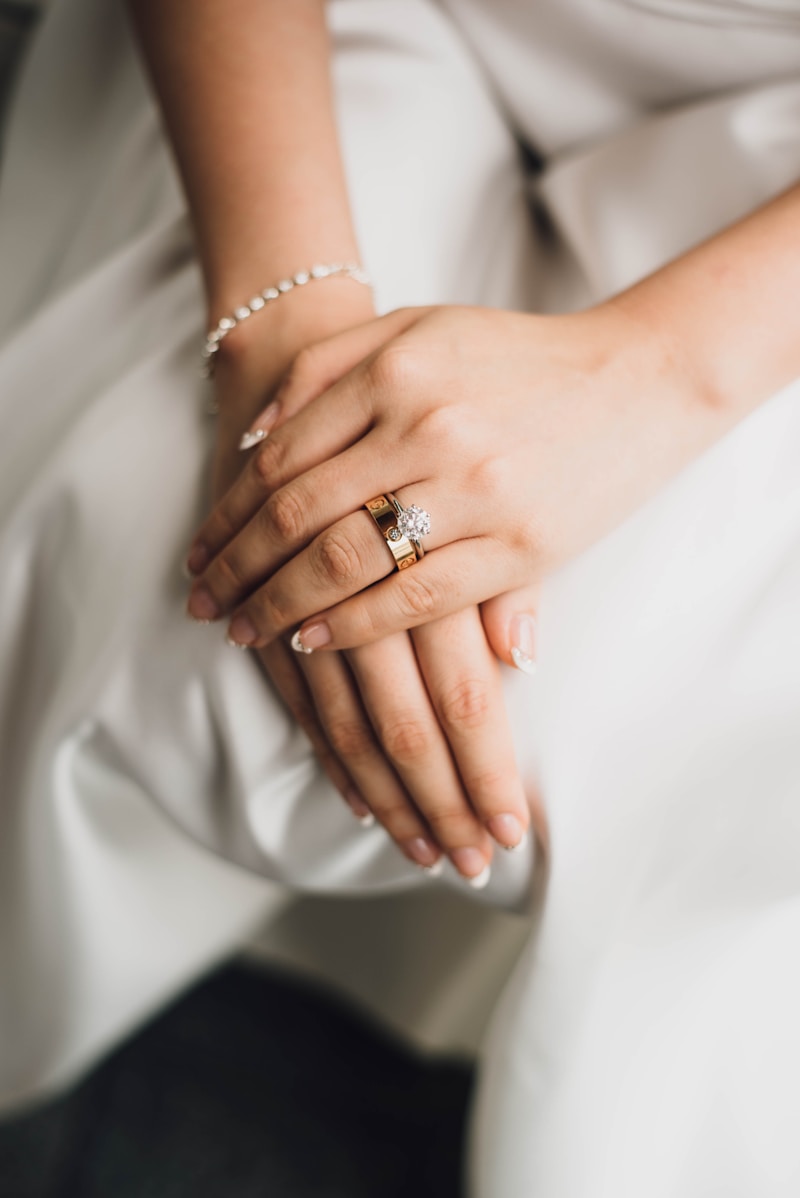Essential Seamstress Tips for Bridal Gown Alterations
Essential Seamstress Tips for Bridal Gown Alterations
The journey to the perfect wedding dress is filled with excitement and anticipation. For many brides, finding that perfect gown involves not just selecting a beautiful design, but also ensuring that it fits impeccably. Bridal gown alterations are a crucial part of this process, and having a skilled seamstress is vital. In this article, we will provide essential seamstress tips for bridal gown alterations, helping brides understand what to expect and how to prepare for their fittings.
Understanding Bridal Gown Alterations
Bridal gown alterations can transform a gown from beautiful to breathtaking. Whether it’s adjusting the hem, modifying the neckline, or taking in the waist, these adjustments are essential for achieving the perfect fit and enhancing the overall look of the gown.
When to Start Alterations
It's advisable to start alterations as soon as you have your wedding dress, preferably 2-3 months before the wedding date. This timeframe allows sufficient time for multiple fittings and adjustments.
Initial Considerations
Before heading to your seamstress, consider the following:
- Know your budget for alterations.
- Choose a seamstress who specializes in bridal gowns.
- Bring the right undergarments and accessories.
Key Tips for Brides
Here are some important seamstress tips for bridal gown alterations:
| Tip | Description |
| Be Honest | Share your concerns and desired adjustments with your seamstress. |
| Communicate | Discuss your vision clearly to ensure alignment. |
| Understand the Process | Learn about the different types of alterations possible. |
| Timely Fittings | Make sure to schedule fittings well in advance. |
| Trust Your Seamstress | Trust their expertise and advice. |
Getting the Fit Right
One of the biggest mistakes brides make is not getting the correct fit. Here are some seamstress tips to ensure you get it right:
- Don't make drastic changes in size until you're completely sure of the fit.
- Focus on the silhouette that flatters your body type.
- Take your shoes to the fitting to determine the right hem length.
Common Types of Alterations
Understanding the most common types of bridal gown alterations can also help brides plan better:
- Hemming: Adjusting the length of the gown.
- Taking In/Letting Out: Adjusting the overall fit of the gown.
- Altering Necklines: Changing the style of the neckline to suit personal preference.
- Adding/Removing Sleeves: Enhancing style and comfort.
- Label Adjustments: Customizing labels or tags on the gown.

Taking the time to understand these common alterations can significantly aid your conversation with your seamstress and streamline the fitting process.
Tools and Materials for Seamstresses
A skilled seamstress will use a variety of tools and materials to ensure your gown is altered expertly. Some essential tools include:
- Measuring tape
- Fabric scissors
- Dressmaker pins
- Seam ripper
- Tailoring chalk
The Role of Fabrics
Different fabrics behave differently during the alteration process. For instance, delicate fabrics like silk require more care compared to sturdier materials like satin or taffeta. Discuss fabric types with your seamstress to understand the implications of alterations on your gown.
Bridal Gown Alteration Timeline
Here's a simple timeline that outlines the key moments in the alteration process:
| Timeframe | Action |
| 3 Months Before | Select gown and consult seamstress. |
| 2 Months Before | First fitting and initial alterations. |
| 1 Month Before | Second fitting to assess progress. |
| 1-2 Weeks Before | Final fitting and adjustments. |
Final Advice for Brides
As your wedding day approaches, keep the following in mind:
- Stay relaxed. Fittings should be enjoyable, not stressful.
- Patience is key. Perfect adjustments take time.
- Communicate consistently with your seamstress for the best results.
Conclusion
Bridal gown alterations are an essential step in preparing for your wedding. By following these seamstress tips for bridal gown alterations, brides will be better equipped to handle the fitting process. Remember to communicate openly with your seamstress, be aware of the common types of alterations needed, and give yourself plenty of time for adjustments. The goal is to ensure that you feel confident and beautiful on your special day.
As you embark on this exciting journey, remember that every detail matters. The perfect bridal gown will not only fit well but also reflect your unique style, making your wedding day truly memorable.
Happy planning!
